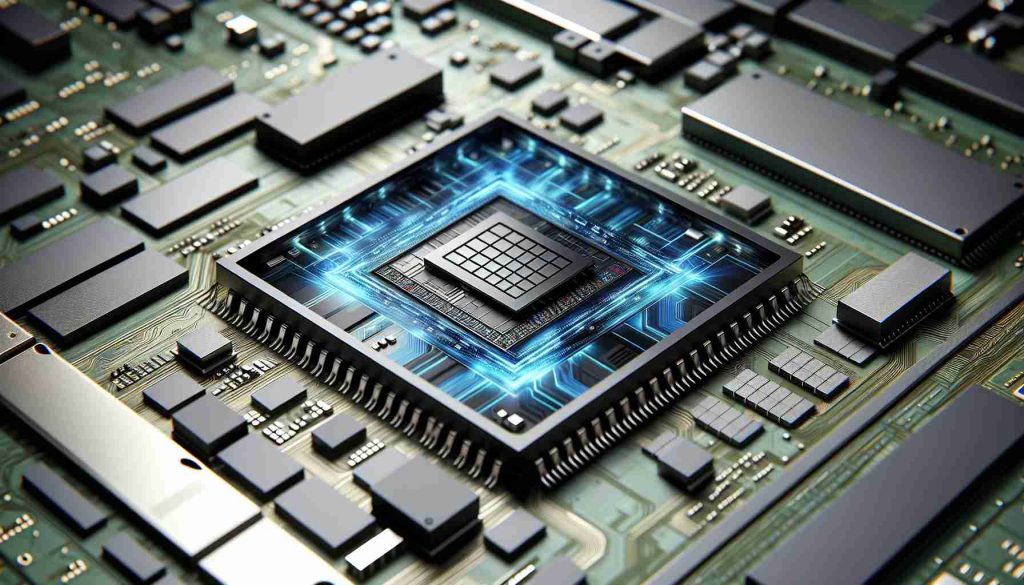Xiaomi’s latest operating system, HyperOS 2, has officially launched and is now rolling out to the Xiaomi 14 series. This update succeeds the previous system and promises enhanced features and a smoother handset experience, initially covering the Xiaomi 14, 14 Pro, and 14 Ultra models.
For users eagerly anticipating the HyperOS 2 on the Redmi K70 Supreme Edition, there is positive news. A high-ranking official from Xiaomi’s mobile software department assured in a recent update that its formal release is expected next week. Users of other models within the K70 series can look forward to participating in a beta program soon.
The Redmi K70 Supreme Edition, which hit the market in July, is available in three elegant colors: Icy Glass Blue, Ink Feathers Black, and Sunny Snow White. It features a 6.67-inch TCL Huaxing display with a unique four-equal-side design. Powered by the MediaTek Dimensity 9300+ processor, it includes a dedicated gaming chip for enhanced performance.
Released on October 29, HyperOS 2 is built on a sophisticated in-house microarchitecture scheduler. It offers comprehensive support for Apple’s ecosystem, allowing seamless file and image sharing with the installation of Xiaomi Interconnect Service. The system also includes advanced AI capabilities, featuring a movie-scene lock screen clock, AI wallpaper generation, image enhancement, and supports for voice memos, writing, and translation tasks.
This update propels Xiaomi closer to achieving a more cohesive and efficient user experience across devices.
How HyperOS 2 is Transforming the Tech Landscape: New Insights and Controversies
Introduction
The release of Xiaomi’s HyperOS 2 marks a significant technological leap for the company’s lineup, primarily targeting the Xiaomi 14 series and promising an enriched user experience. While the rollout has been warmly received, the ripple effects of this update extend beyond the immediate upgrades and features, influencing the broader tech community, competing brands, and end-users globally.
What HyperOS 2 Means for the Average Consumer
With the inclusion of advanced AI capabilities and seamless integration with Apple’s ecosystem, HyperOS 2 enhances convenience and accessibility for users. Features like AI wallpaper generation, image enhancement, and voice memo support streamline everyday smartphone interactions, reducing time spent on manual tasks.
However, the real game-changer is the promise of a coherent experience across multiple devices. Xiaomi Interconnect Service serves as a bridge between disparate systems, fostering a fluid exchange of files and images. This feature is especially appealing to professionals and tech enthusiasts who require a seamless workflow across platforms. It significantly reduces the friction traditionally associated with using devices from different ecosystems.
Advantages of HyperOS 2 Integration
– Enhanced User Experience: The sophisticated microarchitecture scheduler ensures that devices run smoothly, promoting a lag-free experience that is crucial for performance-heavy applications.
– AI and Productivity Tools: The addition of AI-driven features and productivity tools like translation and writing support empowers users to accomplish more with less effort.
– Cross-Ecosystem Compatibility: By providing support for Apple’s ecosystem, Xiaomi devices emerge as versatile tools capable of interacting smoothly with non-Xiaomi products.
Potential Drawbacks and Controversies
While the benefits are plentiful, there are notable concerns and potential disadvantages.
– Privacy and Security: With enhanced connectivity and AI features, data privacy remains a pressing issue. Users may question how their data is collected and used within this ecosystem.
– Brand Loyalty Challenges: As Xiaomi provides seamless compatibility with Apple’s ecosystem, there’s a risk of users becoming increasingly reliant on Apple’s services, potentially diluting Xiaomi’s brand identity.
– Economic Divide: Not every Xiaomi device will immediately receive this update, which might create a divide between users of different models. Owners of the Redmi K70 Supreme Edition, for instance, must wait for a delayed rollout.
Frequently Asked Questions
Q: How does HyperOS 2 affect existing Xiaomi app users?
A: Applications will likely receive enhanced compatibility and performance updates, reducing bugs and improving overall usage experience. However, app developers may need to adjust their software to fully leverage the new OS features.
Q: Is HyperOS 2 available for non-Xiaomi users?
A: No, HyperOS 2 is exclusive to Xiaomi devices. Nevertheless, its integration capabilities provide functionality enhancement for users who own both Xiaomi and non-Xiaomi products.
Q: How does HyperOS 2 address energy efficiency?
A: While specific claims about energy efficiency have not been detailed, the improved scheduling architecture should theoretically optimize power usage, extending battery life during heavy use.
Related Links
Explore more about the technology behind HyperOS and related advancements by visiting the official websites:
Xiaomi
Apple
MediaTek
Conclusion
HyperOS 2 undeniably positions Xiaomi at the forefront of mobile technology innovation, presenting a blend of enhanced performance, seamless integration, and user-focused AI like never before. As it continues rolling out, it remains crucial to monitor how well it addresses privacy concerns and aligns with user expectations to maintain its competitive edge.























